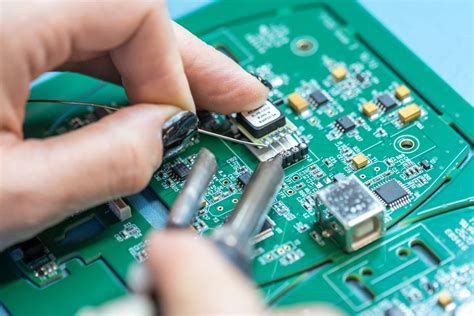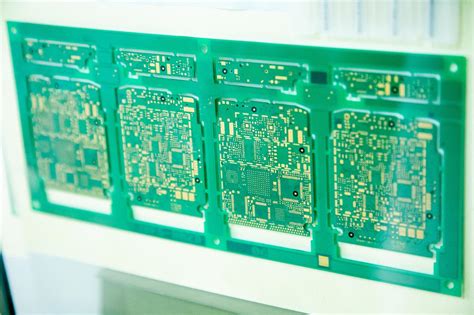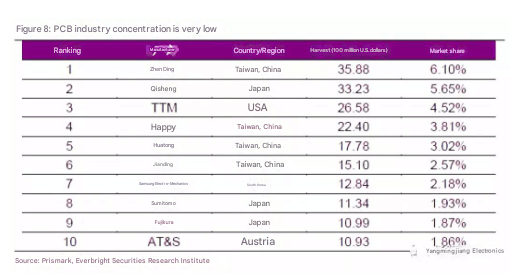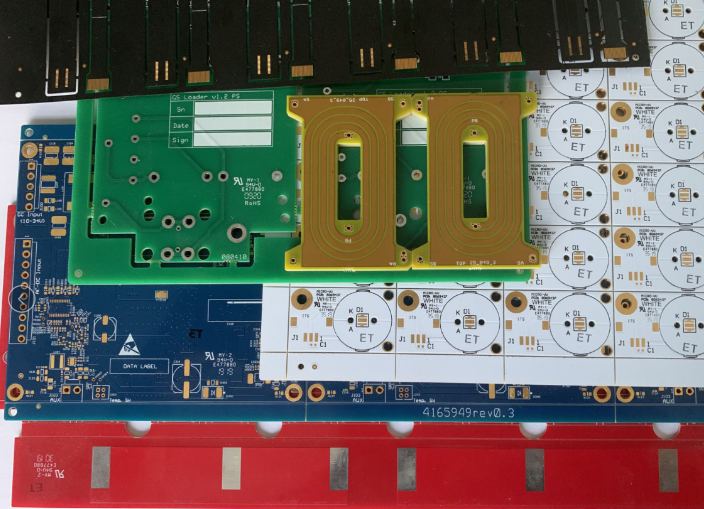Ipc for pcb assembly
Understanding IPC Standards for PCB Assembly
In the realm of electronics manufacturing, the assembly of printed circuit boards (PCBs) is a critical process that demands precision and adherence to established standards. The Institute for Printed Circuits, commonly known as IPC, plays a pivotal role in setting these standards, ensuring quality, reliability, and consistency across the industry. Understanding IPC standards for PCB assembly is essential for manufacturers, engineers, and quality assurance professionals who strive to produce high-quality electronic products.
IPC standards encompass a wide range of guidelines and specifications that cover various aspects of PCB design, fabrication, and assembly.
These standards are developed through a collaborative process involving industry experts, ensuring they reflect the latest technological advancements and best practices. By adhering to IPC standards, manufacturers can achieve a level of uniformity that facilitates global trade and interoperability, while also minimizing defects and enhancing product performance.
One of the most widely recognized IPC standards is IPC-A-610, which provides criteria for the acceptability of electronic assemblies.
This standard outlines the visual inspection requirements for solder joints, component placement, and other critical aspects of PCB assembly. By following IPC-A-610, manufacturers can ensure that their products meet the necessary quality benchmarks, thereby reducing the likelihood of failures in the field. Moreover, this standard serves as a common language between manufacturers and customers, streamlining communication and expectations.
In addition to IPC-A-610, IPC-J-STD-001 is another crucial standard that focuses on the requirements for soldered electrical and electronic assemblies.
This standard emphasizes the importance of proper soldering techniques, materials, and processes to achieve reliable connections. By adhering to IPC-J-STD-001, manufacturers can enhance the durability and performance of their products, which is particularly important in applications where reliability is paramount, such as aerospace and medical devices.
Transitioning from soldering to design, IPC-2221 is a generic standard for PCB design that provides guidelines on layout, materials, and mechanical properties.
This standard is essential for ensuring that PCBs are designed with manufacturability and functionality in mind. By following IPC-2221, designers can create PCBs that are not only efficient to produce but also capable of meeting the demands of their intended applications. This holistic approach to design and assembly helps in minimizing errors and optimizing the overall production process.
Furthermore, IPC standards are not static; they evolve to keep pace with technological advancements and industry needs.
Regular updates and revisions ensure that these standards remain relevant and effective. For instance, the increasing complexity of electronic devices and the miniaturization of components have necessitated updates to existing standards and the development of new ones. This dynamic nature of IPC standards underscores the importance of continuous education and training for professionals involved in PCB assembly.
In conclusion, understanding IPC standards for PCB assembly is crucial for ensuring the quality and reliability of electronic products.
These standards provide a comprehensive framework that guides manufacturers in producing assemblies that meet industry expectations. By adhering to IPC standards, companies can achieve consistency, reduce defects, and enhance the performance of their products. As the electronics industry continues to evolve, staying informed about the latest IPC standards will remain a key factor in maintaining competitiveness and delivering excellence in PCB assembly.
The Role of IPC-A-610 in Ensuring Quality PCB Assemblies
In the realm of electronics manufacturing, the quality and reliability of printed circuit board (PCB) assemblies are paramount. As the backbone of electronic devices, PCBs must adhere to stringent standards to ensure their performance and longevity. One of the most critical standards in this domain is the IPC-A-610, which plays a pivotal role in defining the acceptability criteria for electronic assemblies. This standard, developed by the Institute for Printed Circuits (IPC), serves as a benchmark for manufacturers, providing guidelines that help maintain consistency and quality across the industry.
IPC-A-610 is widely recognized as the authoritative standard for the acceptability of electronic assemblies.
It provides detailed criteria for the evaluation of soldered electrical and electronic assemblies, covering a wide range of aspects from soldering quality to component placement. By establishing clear and comprehensive guidelines, IPC-A-610 helps manufacturers ensure that their products meet the necessary quality requirements. This is particularly important in an industry where even minor defects can lead to significant failures, potentially resulting in costly recalls or, in more severe cases, safety hazards.
Moreover, IPC-A-610 is not just a set of rules but a comprehensive framework that supports continuous improvement in manufacturing processes.
By adhering to this standard, companies can systematically identify and rectify defects, thereby enhancing the overall quality of their products. This is achieved through a detailed classification system that categorizes defects into three classes based on their severity and impact on the product’s functionality. Class 1 covers general electronic products, Class 2 pertains to dedicated service electronic products, and Class 3 is reserved for high-performance electronic products. This classification allows manufacturers to tailor their quality control processes according to the specific requirements of their products, ensuring that they meet the necessary standards for their intended applications.
In addition to its role in quality assurance, IPC-A-610 also facilitates communication and understanding between different stakeholders in the electronics manufacturing industry.
By providing a common language and set of criteria, it helps bridge the gap between designers, manufacturers, and customers. This is particularly beneficial in a globalized market where products are often designed in one country, manufactured in another, and sold worldwide. The standard ensures that all parties have a clear understanding of what constitutes an acceptable product, thereby reducing the likelihood of disputes and misunderstandings.
Furthermore, IPC-A-610 is continually updated to reflect the latest advancements in technology and manufacturing processes.
This ensures that the standard remains relevant and applicable in an ever-evolving industry. By keeping pace with technological developments, IPC-A-610 helps manufacturers stay competitive and meet the demands of modern electronic products. This adaptability is crucial in an industry characterized by rapid innovation and change.
In conclusion, IPC-A-610 plays an indispensable role in ensuring the quality and reliability of PCB assemblies. By providing clear guidelines and a framework for continuous improvement, it helps manufacturers produce high-quality products that meet the needs of their customers. Moreover, by facilitating communication and understanding across the industry, it supports the global electronics market. As technology continues to advance, the importance of adhering to such standards will only grow, underscoring the critical role of IPC-A-610 in the future of electronics manufacturing.
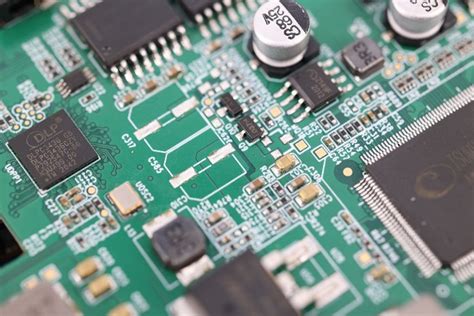
How IPC-7351 Influences PCB Design and Assembly
IPC-7351 plays a pivotal role in the realm of printed circuit board (PCB) design and assembly, serving as a comprehensive standard that guides engineers and manufacturers in creating reliable and efficient electronic assemblies. This standard, developed by the Institute for Printed Circuits (IPC), provides detailed guidelines for the design and assembly of surface mount technology (SMT) components on PCBs. By adhering to IPC-7351, designers and manufacturers can ensure that their products meet industry expectations for quality and performance.
One of the primary influences of IPC-7351 on PCB design is its emphasis on land pattern standardization.
Land patterns, which are the physical footprints of components on a PCB, are crucial for ensuring proper component placement and soldering. IPC-7351 offers a set of standardized land patterns that accommodate a wide range of component types and sizes. This standardization simplifies the design process, as engineers can rely on a consistent set of guidelines rather than creating custom land patterns for each component. Consequently, this reduces the likelihood of errors during the design phase and enhances the overall manufacturability of the PCB.
Moreover, IPC-7351 addresses the critical aspect of component placement and orientation.
Proper placement is essential for achieving optimal electrical performance and thermal management. The standard provides recommendations for component spacing, orientation, and alignment, which are vital for minimizing electromagnetic interference and ensuring efficient heat dissipation. By following these guidelines, designers can create PCBs that not only function effectively but also have a longer operational lifespan.
In addition to design considerations, IPC-7351 significantly impacts the assembly process of PCBs.
The standard outlines best practices for solder joint reliability, which is a key factor in the durability and functionality of electronic assemblies. It provides detailed instructions on solder paste application, reflow soldering profiles, and inspection criteria. These guidelines help manufacturers achieve consistent and high-quality solder joints, reducing the risk of defects such as solder bridging or insufficient solder coverage. As a result, adherence to IPC-7351 contributes to the production of robust and reliable electronic products.
Furthermore, IPC-7351 facilitates communication and collaboration between different stakeholders in the PCB design and assembly process.
By providing a common set of standards, it ensures that designers, manufacturers, and quality assurance teams are aligned in their expectations and requirements. This alignment is crucial for streamlining the production process and minimizing misunderstandings or discrepancies that could lead to costly rework or delays.
In conclusion, IPC-7351 exerts a profound influence on PCB design and assembly by offering a structured framework that enhances both the design and manufacturing processes. Its emphasis on land pattern standardization, component placement, and solder joint reliability ensures that electronic assemblies meet high standards of quality and performance. Moreover, by fostering clear communication among stakeholders, IPC-7351 contributes to a more efficient and cohesive production environment. As the electronics industry continues to evolve, adherence to such standards will remain essential for maintaining competitiveness and delivering products that meet the ever-increasing demands of consumers and industries alike.
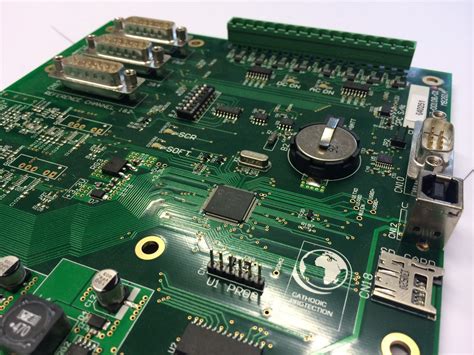
Benefits of IPC Training and Certification for PCB Assembly Professionals
In the rapidly evolving field of electronics manufacturing, the importance of adhering to industry standards cannot be overstated. For professionals involved in printed circuit board (PCB) assembly, obtaining IPC training and certification is a significant step towards ensuring quality, reliability, and efficiency in their work.
IPC, originally known as the Institute for Printed Circuits, is a global trade association that sets the standards for the design, assembly, and production of electronic equipment. By pursuing IPC training and certification, PCB assembly professionals can reap numerous benefits that enhance their skills and contribute to the overall success of their organizations.
To begin with, IPC training provides a comprehensive understanding of the standards and best practices that govern PCB assembly.
This knowledge is crucial for professionals who aim to produce high-quality products that meet industry requirements. Through structured courses, individuals gain insights into various aspects of PCB assembly, including soldering techniques, component placement, and inspection criteria. This foundational knowledge not only improves the technical skills of the workforce but also ensures that the products manufactured are consistent and reliable.
Moreover, IPC certification serves as a testament to a professional’s expertise and commitment to quality.
In a competitive job market, having an IPC certification can distinguish an individual from their peers, making them more attractive to potential employers. It demonstrates that the professional has undergone rigorous training and has met the stringent standards set by the industry. Consequently, certified individuals often find themselves with better job prospects and opportunities for career advancement.
In addition to individual benefits, organizations that invest in IPC training and certification for their employees can experience significant advantages.
For instance, having a team of certified professionals can lead to improved production processes and reduced error rates. This is because certified employees are well-versed in the latest industry standards and are equipped to implement best practices in their work. As a result, organizations can achieve higher levels of efficiency and productivity, ultimately leading to cost savings and increased profitability.

Furthermore, IPC certification fosters a culture of continuous improvement within organizations.
As technology advances and industry standards evolve, ongoing training and recertification ensure that professionals remain up-to-date with the latest developments. This commitment to lifelong learning not only enhances the skills of the workforce but also positions the organization as a leader in the industry. By staying ahead of the curve, companies can maintain a competitive edge and adapt to changing market demands.
Another significant benefit of IPC training and certification is the enhancement of communication and collaboration within the industry.
With standardized terminology and practices, professionals from different organizations and regions can work together more effectively. This is particularly important in a globalized market where cross-border collaborations are common. By speaking the same technical language, professionals can share knowledge, troubleshoot issues, and innovate more efficiently.
In conclusion, IPC training and certification offer a multitude of benefits for PCB assembly professionals and their organizations. From improving technical skills and job prospects to enhancing organizational efficiency and fostering industry collaboration, the advantages are clear. As the electronics manufacturing industry continues to grow and evolve, investing in IPC training and certification will remain a crucial strategy for ensuring quality, reliability, and success in PCB assembly.

